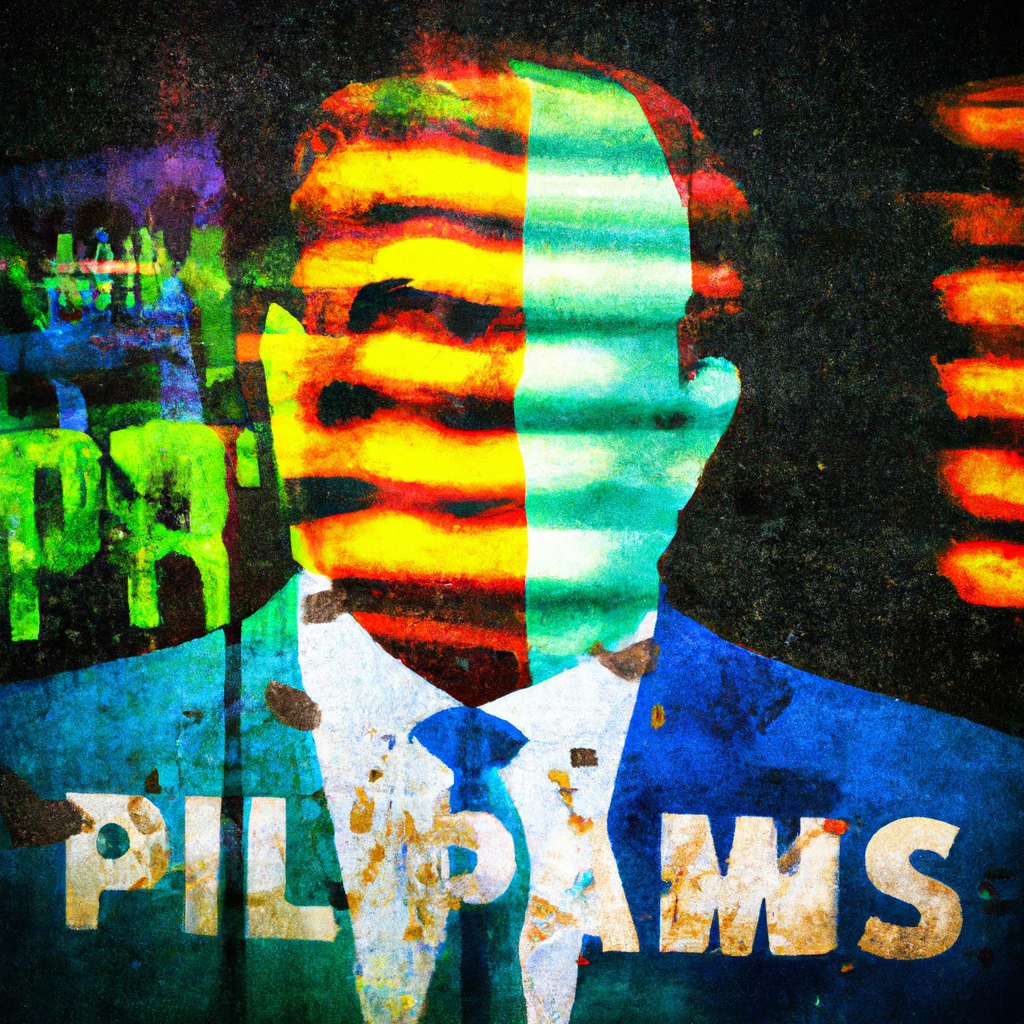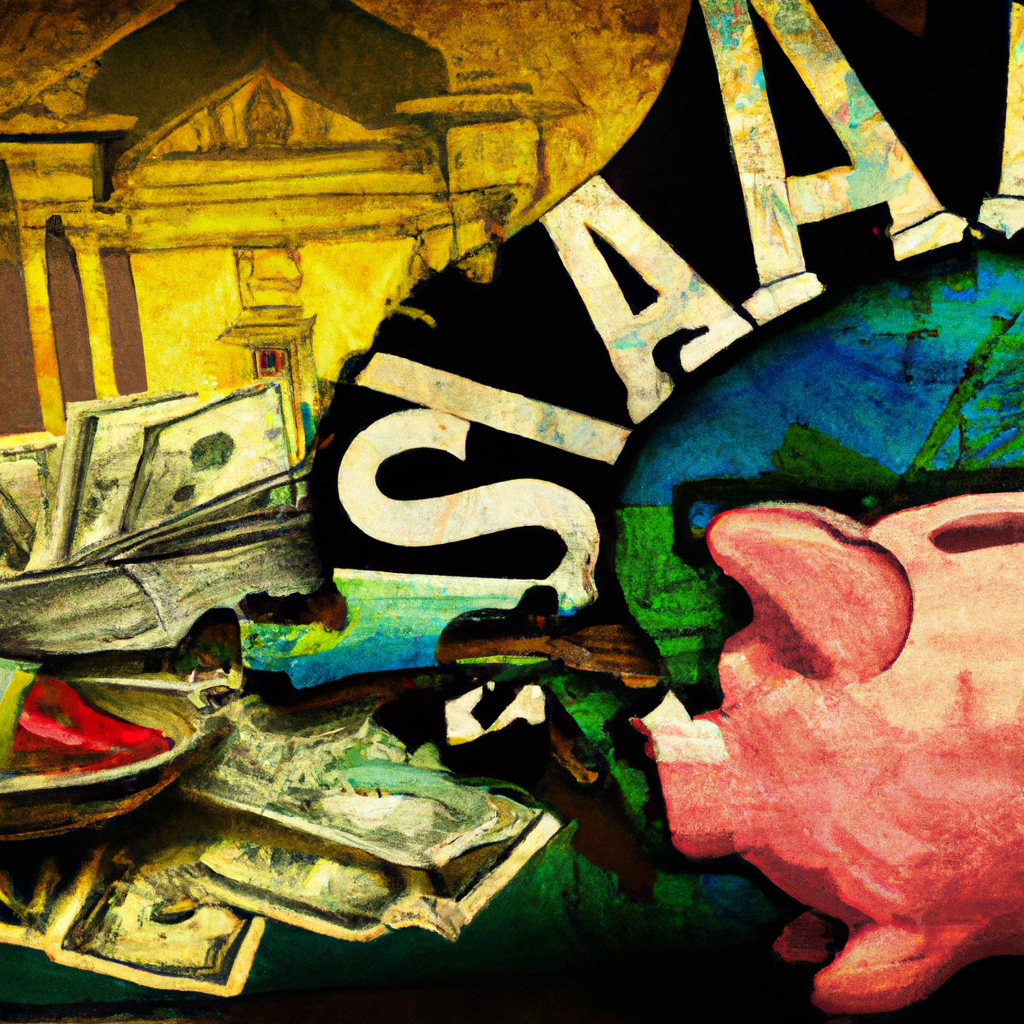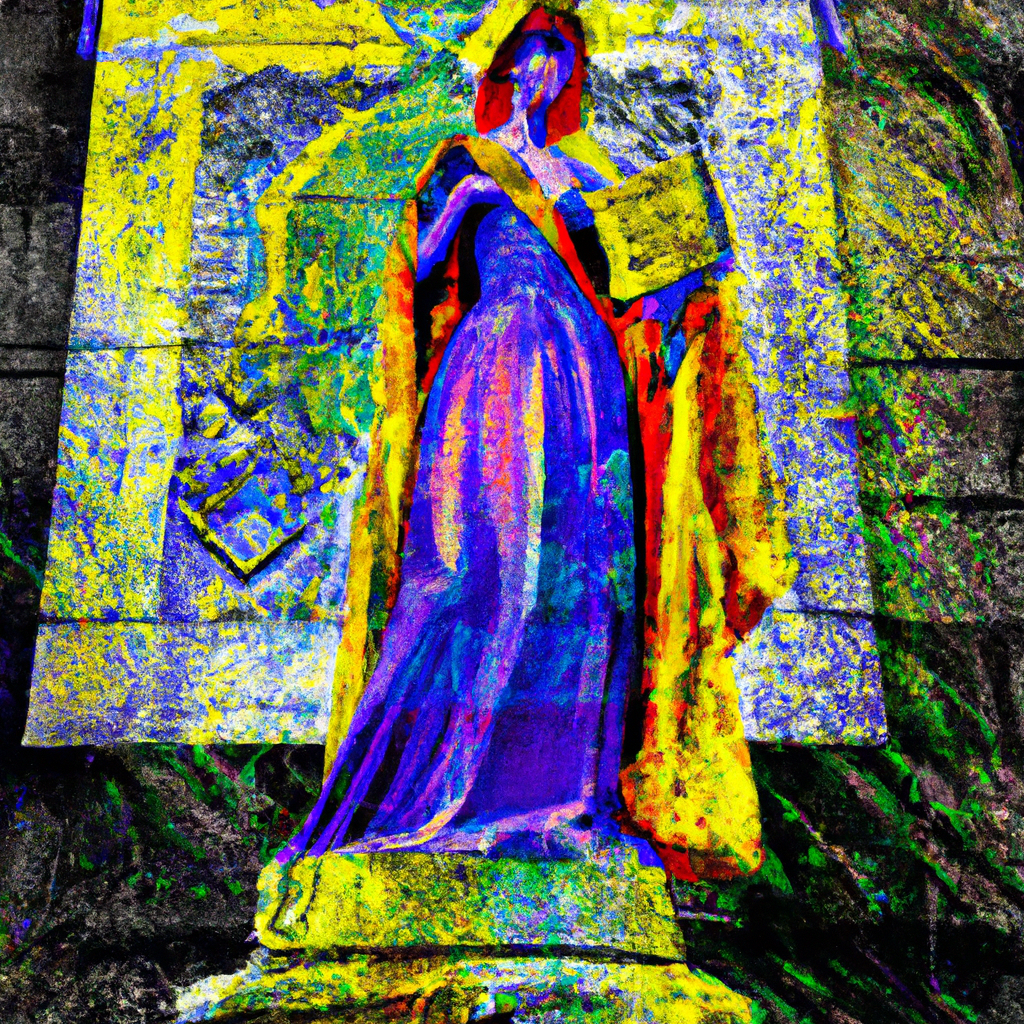Shakespeare in Ten Acts – Review
To celebrate the Shakespeare 400th anniversary, the British Library have collated some fascinating and important objects that map out the influence of Shakespeare and material that is relevant to him and is life. They chart a course through a wide variety of issues and areas from race, feminism, his global impact and more.
We took a quick peek and have put together our Shakespeare in Ten Acts Review.
What is great about this exhibition is the theme of each room. First off we have the intro which consists of an explanation of who Shakespeare was and a page of dialogue from the play ‘Sir Thomas More’ which is the only surviving document believed to have been written in Shakespeare’s hand.
We then start with room 1 and Hamlet. An odd place to start one would think, but as it’s Shakespeare’s most famous play, one let’s it go and we are treated to a peak at one of two surviving Quartos of Hamlet along with a text of The Spanish Tragedy, a similar revenge tragedy by Thomas Kyd. We then view other texts that are relevant to Shakespeare’s fellow players of the day, Will Kemp and Robert Armin and the famous portrait of Shakespeare’s lead actor Richard Burbage. We also get to see Gabriel Harvey’s first ever written reference to Shakespeare’s Hamlet in 1600 in a note on Harvey’s edition of Chaucer. A good start.
In room 2 we focus on The Tempest, an odd jump from Hamlet to the final solo authored play by Shakespeare, however The Tempest features here as an interesting link into the Blackfriars Theatre, the indoor playhouse that Shakespeare wrote most of his later plays for after the outdoor Globe Theatre had burned down. The later plays are known for featuring more music, so we get to see an early 17th Century lute and a manuscript from a musical score. As we move on you can see some fantastic later adaptations of The Tempest. The Film Director Derek Jarman’s copy of the play where he made all his notes as well as a small viewing of Peter Greenaway’s film Prospero’s Books. The end of this aquamarine room full of magic and the storms connects us wonderfully as we approach a model of an English ship from the period which draws us into Room 3 where we look at how Shakespeare’s plays has travelled around the World.
“By now I am utterly loving the connections the curators have made and loving the journey that they are choosing to take us on”
By now I am utterly loving the connections the curators have made and loving the journey that they are choosing to take us on. In the third room we get to see the first ever illustrated manuscripts of Shakespeare from 1709 as well as partially remaining extracts from the diary of the Captain of the ship the Red Dragon which went to Sierra Leone where Hamlet was believed to have been performed, possibly the first time and likely the furthest away Shakespeare’s work had ever been. There is a superb glass case with several different versions of Shakespeare’s plays in different languages and a section on other great European writers and critics of Shakespeare, like Goethe and Tolstoy.
Room 4 then caught us off guard and reminded us of the battle for women on the stage. We get to learn about the first woman officially on stage in 1660 and about Mary Firth who was arrested before that in 1612 for appearing on stage in The Roaring Girl in 1611. 1709 is the first illustration of a woman as Desdemona, since women have been allowed on stage, and she is typically over-sexualised with one breast out on Othello’s bed. This room like all of them manage to cover all bases and also looks at the last man who was famed for playing women on stage, Edward Kynaston.
I stroll into room 5, am I getting tired…? Not at all! We are faced here with all the Shakespearian paraphernalia that came along with the Actor Manger David Garrick’s creation of the Stratford-on-Avon Shakespeare Pageant. It was clearly the forefather of the gift shop madness we are now flooded with around Shakespeare related tea-towels and gifts! This is however a fascinating look into the behavioural attitudes of a certain epoch when it came to Shakespeare. As we move into room 6 we face yet another lack of equality and we get to focus on Othello and more importantly Ira Aldridge and his struggle to the top. This leads us through to the actor Paul Robeson and some fascinating letters to Sir Laurence Olivier for the Paul Robeson Committee asking for Olivier’s help on getting Robeson out of jail in American following his arrest and taking of his passport by the House of Un-American Activities. We get to see some of the horrors of racial prejudice in this section particularly during the 18th and 19th Centuries and beyond. But this does leave on a happy note of the better inclusion of Black Asian minority and ethnic actors and how colour-blind casting has now become a more common place and usual thing, although not enough!
King Lear is the focus of room 7. It starts with various film adaptations. Ted Hughes adaptation for Peter Brooks film which was eventually rejected as Ted Hughes couldn’t sleep due to what he felt he was doing to the text. This version is propped up and you can read his strange thoughts on the piece. Kurosawa’s painting’s in his notebook to his film RAN are utterly mesmeric and we get to learn about the bowdlerization of Lear up until 1838 and the various antiquated books on show are just extremely interesting to browse at. There is also a fab amount of in-depth and digestible information, you can briefly glance at things or take your time and learn in real depth. You can look at the change to the end of King Lear to make it a happier ending. Or look at source material for Shakespeare’s play. A copy of the anonymous King Leir is on view with Raphael Holinshed’s Chronicles. We get to see history, art, books and film, the British Library have covered every possibly ground.
As the sounds effects of the storm in the “king Lear” room die down we have moved into the bright white box of room 8 which mimics Peter Brook’s ground-breaking production of A Midsummer Night’s Dream at the RSC, but first we get to see the tiara Vivien Leigh wore as Titania and the Victorian versions of this play that now appear rather garish. The Peter Brook and Sally Jacobs design for Dream as many will know is just truly outstanding, both the poster work, the costume design, the materials used to make them and one of the famous swings form the show in the middle of the room that makes you feel you are stood on this iconic set.
We can hear the call of the text from Twelfth Night echoing down the hall in room 9…why? Because that is the sound of the renowned production with Mark Rylance at the Globe. This leads us nicely into The history of the creation of the Globe Theatre from the original ideas of Theatre maker William Poel and his original models and on stage reconstructions and then on into the later campaign by Sam Wannamaker to reconstruct the Globe where we currently have it now on the Southbank. There are other features like costumes from the production and a filmed version of the show playing on the wall.
“This exhibition is an utter winner for me. If you don’t know Shakespeare, you will learn an awful lot”
Finally, we step into a rather darker but not entirely ominous room 10 and are confronted with modern Shakespeare and back to the play Hamlet. This room confronts us with the digital world and after all of the antiquated copies of Montaigne and Thomas Dekker and Garrick we are now in the world of the American Theatre company Wooster Group who famously played an edited version of the film of Tim Burton’s stage production of Hamlet and re-enacted and played out scenes on stage from the Hamlet on happening on-screen in parallel, it is a truly mad and digital piece with screens onstage and microphones in use. I have to admit I never really understood or much enjoyed the Wooster Group’s work, but they certainly have a place on the artistic landscape. You can watch scenes from their rehearsals or sit down and watch part of play itself recorded at Edinburgh festival a few years back. This all then ties nicely into what was essentially the first Live cinema form Theatre concept with the broadcast of Burton’s Hamlet by Warner Bros and we get to see how they intended to pull off this process. There are also Laurence Olivier’s notes to his film of Henry V and his storyboard drawings that are very exciting to see.
This exhibition is an utter winner for me. If you don’t know Shakespeare, you will learn an awful lot and witness some great artefacts that we are not likely to see again for a long while. If like me you have seen quite a bit of the material before, it is still incredibly eye-opening and there is still definitely something there for you. I got reminded about things I had learnt and forgotten and got to learn new things as well and observe and scrutinise certain objects and texts. The curation is absolutely spot on. Go see!
Shakespeare in Ten Acts runs until Tuesday 6th September 2016 and is £12.00 for adults.







